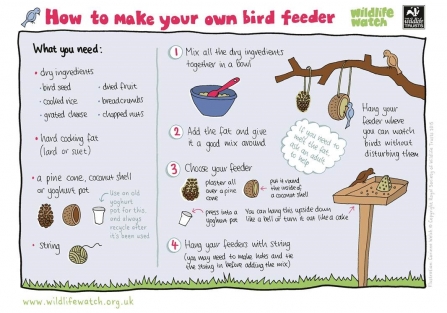Feeding birds used to be a winter pleasure or chore. If the snow lay thick, or there was a hard frost, or the berries had gone from the trees, it was easy to see that garden birds were struggling to find something to eat. However, birds can experience food shortages and stresses at any time of year, and conservation organisations now encourage us to put food and water out all year round.
Changes in the seasons
Weather patterns that are out of the ordinary, such as the extreme dry and extreme wet we have experienced so far in 2020, can make it harder for birds to find enough natural food at times of year when it is usually abundant, particularly in springtime when they are feeding their young. Wildlife’s calendar is changing along with the climate, as milder winters affect the times of year that plants grow and aphids and caterpillars are available, and the times that predators are active.
Adapting in an unreasonably short evolutionary time is hard for any creature, and perhaps small birds with a high metabolism, bringing up voracious young on a multi-caterpillar diet, may be particularly affected. It must also affect insect-eating migratory birds dependent upon feeding patterns that have been established over countless centuries.
How to help
Supplementing a natural diet by providing nutritious food for the adults, such as sunflower seeds or mealworms, will help parent birds that may be struggling to feed both themselves and their young families. In some cases, even if your own garden is a bountiful oasis in itself, human developments or changes to farming practises in the surrounding landscape may make the surrounding landscape less bird friendly, and so extra food is still useful to the general bird population. If you feed birds all year round, with bird-friendly plant species or by buying bird food, you will guarantee avian visitors to your garden and, let’s hope, larger and more successful broods fledging from their nests.



